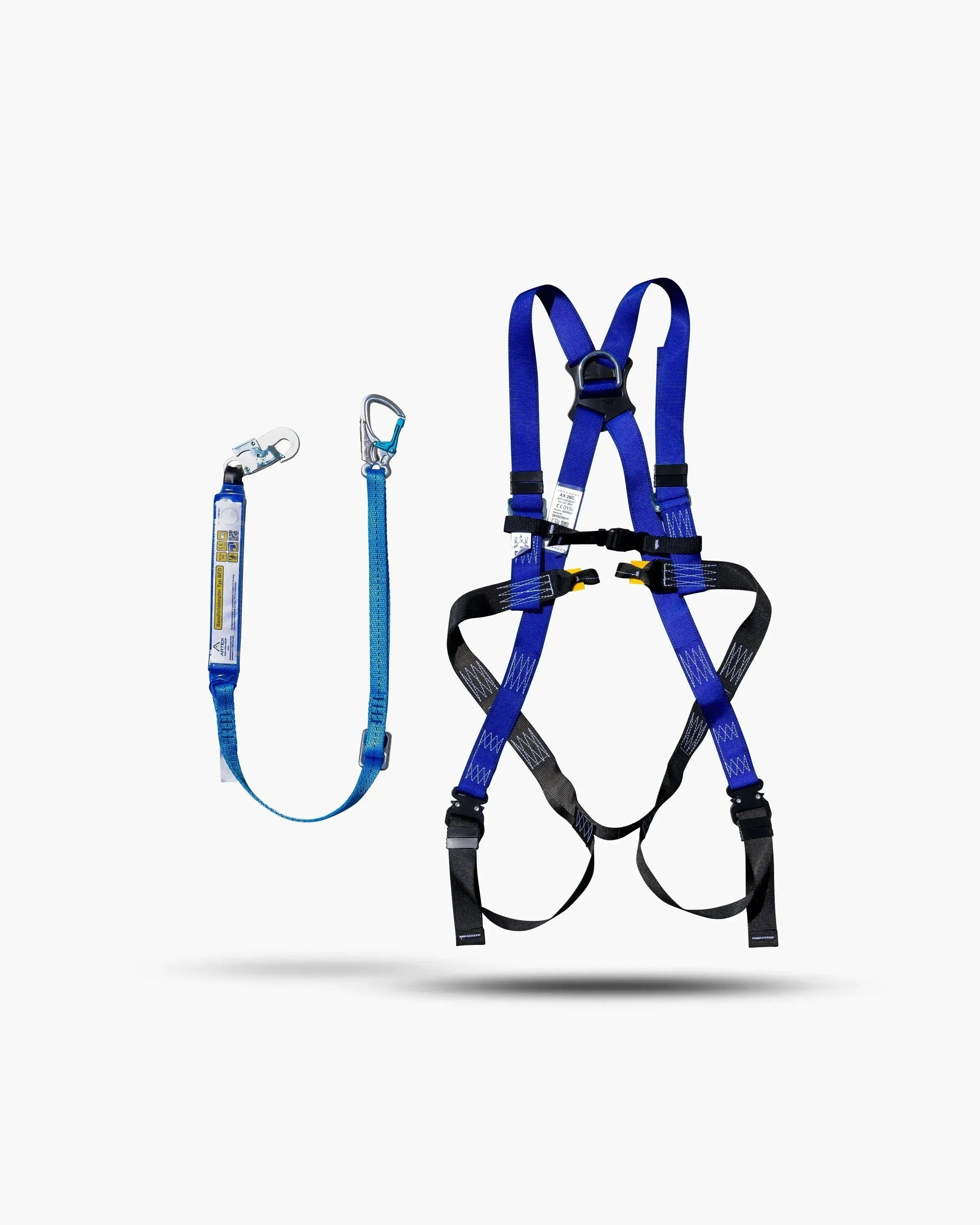The wheelbase is one of the most important parameters for vehicles – whether bicycles, cars, construction machinery, forklifts , or work platforms . It describes the distance between the front and rear axles of a vehicle and has a direct influence on handling, turning circle , stability, and interior space.
But what advantages does a long wheelbase offer compared to a short one? And how does it affect traction and load distribution in vehicles, especially construction equipment?
In this article, you will learn how the wheelbase is technically measured, what effects it has, and what role it plays specifically in forklifts, work platforms, and other machines.
What is the wheelbase?
The wheelbase is the distance between the front and rear axles of a vehicle. It is measured from the center of the front axle to the center of the rear axle and is an important definition in automotive engineering.
This parameter directly influences handling, stability, and interior space. The wheelbase varies depending on the model and vehicle length and affects the vehicle's body, speed, and use.
While a short wheelbase improves maneuverability, a long wheelbase provides greater stability—an important factor when selecting a suitable vehicle. As a general rule, the following applies:
The longer the wheelbase, the smoother the ride, and vice versa. Therefore, it plays a crucial role when it comes to finding the right vehicle model that best suits your needs.
How does the wheelbase affect driving behavior?
The wheelbase is an important factor that affects various driving characteristics:
Maneuverability & cornering behavior
Vehicles with a shorter wheelbase are more agile and easier to maneuver—ideal for narrow streets or construction sites. A long wheelbase, on the other hand, improves straight-line stability and provides more stability.
Driving comfort
A long wheelbase provides a smoother ride because bumps and bumps are distributed more evenly. With a shorter wheelbase, occupants feel bumps more directly.
Load distribution & traction
For vehicles with high payloads—such as forklifts or aerial work platforms—the wheelbase influences how the weight is distributed across the axles. A long wheelbase helps distribute the load more evenly, while a short wheelbase places greater stress on the axles.
Space in the interior
In cars, a long wheelbase provides more legroom and larger trunk capacity.
How is the wheelbase measured?
The wheelbase of a vehicle is given in millimeters (mm) and can vary greatly depending on the vehicle class:
- Compact cars & small cars: Wheelbase between 2,300 – 2,600 mm
- Sedans & SUVs: Wheelbase between 2,700 – 3,100 mm
- Trucks & vans: Wheelbase up to 5,000 mm or more
- Construction machinery: Very different wheelbases depending on the design
Wheelbase in construction machinery – what role does it play?
The wheelbase of forklifts, work platforms and other construction machinery is not only a factor for driving comfort, but also determines stability, maneuverability and safety.
Wheelbase for forklifts
Influence on maneuverability
- Short wheelbase: Forklifts with a short wheelbase are particularly maneuverable and are suitable for tight warehouses or narrow aisles.
- Long wheelbase: Forklifts with a longer wheelbase offer greater stability and better load distribution, making them ideal for transporting heavy loads.
Traction & Stability
- The wheelbase influences how the load is distributed across the axles. A long wheelbase improves traction and prevents tipping under heavy loads.
- For forklifts with a high center of gravity, a long wheelbase ensures greater safety when lifting heavy loads.
Load distribution
A balanced wheelbase ensures that the weight is distributed evenly between the front and rear axles, which reduces tire wear.
Wheelbase for work platforms
Maneuverability & stability
- Short wheelbase scissor lifts are perfect for indoor use because they are maneuverable in tight spaces.
- Telescopic boom lifts with a long wheelbase offer greater stability when extending the boom and reduce the risk of tipping.
Traction & off-road use
- All-wheel drive aerial work platforms often require a longer wheelbase to ensure better weight distribution and traction in off-road conditions.
- A wider wheelbase improves tipping stability – particularly important for articulated and telescopic work platforms.

Wide-wheelbase work platforms for greater stability on uneven terrain. The larger wheelbase improves load distribution and tipping stability – crucial for safe working at heights.
Wheelbase of other construction machines
Excavators & Wheel Loaders
- A shorter wheelbase makes mini excavators extremely maneuverable – ideal for tight construction sites.
- A long wheelbase ensures better tipping stability and higher load capacity for large wheel loaders.
Telehandlers & Cranes:
- Long wheelbase = better load handling and safer lifting operations.
- Short wheelbase = more maneuverability on tight construction sites.
Conclusion
When is a long or short wheelbase better?
The decision between a short and a long wheelbase depends heavily on the application:
- A long wheelbase improves ride comfort, stability and load distribution – perfect for heavy machinery, road vehicles or off-road work platforms.
- A short wheelbase ensures greater maneuverability and a compact design – ideal for tight warehouses, compact forklifts or scissor lifts.
Whether it's a car, forklift, or aerial work platform, the wheelbase has more influence than many people realize. Therefore, it's important to always consider it when selecting a vehicle or renting equipment!















Share:
Joystick control vs. multifunction control - The differences
Forklift work basket vs. real work platform: What is permitted with the forklift?